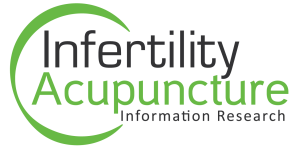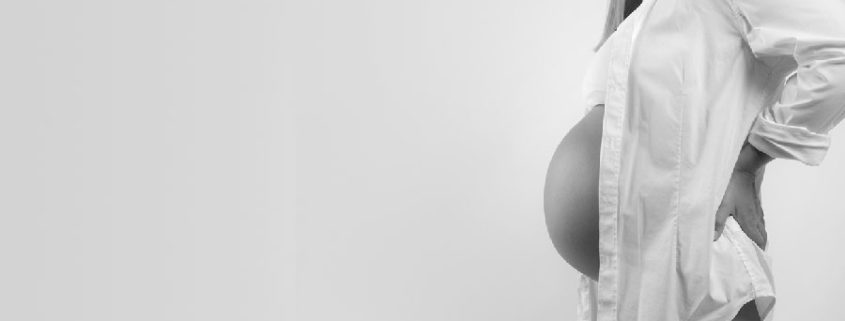Can acupuncture help 35+ year old pregnant women reduce pregnancy risks?
Women of this age, are a high risk for developing stillbirth and fetal growth restriction among other complications.
This study, published in Journal of Physiology, researchers from the University of Manchester, UK concluded that the blood flow to placenta may be the reason for increased risks. Acupuncture increases the blood flow to uterus. Use acupuncture in pregnancy as a preventative measure to reduce the risks for the developing baby.
Physiology 2014 (London, UK) (2014) Proc Physiol Soc 31, C69
Oral Communications
Can altered vascular function explain the increased risk of stillbirth and fetal growth restriction in advanced maternal age pregnancies?
S. C. Lean1, A. Heazell1, L. Peacock1, J. Boscolo-Ryan1, T. Mills1, R. L. Jones1
1. Maternal and Fetal Health, University of Manchester, Manchester, United Kingdom.
Medline articles by:
Lean, SC
Heazell, A
Peacock, L
Boscolo-Ryan, J
Mills, T
Jones, RL
Women of advanced maternal age (AMA; >35 years) are an increasingly prevalent obstetric population and a high risk group for fetal growth restriction (FGR) and stillbirth. Adequate perfusion of the utero-placental unit and blood flow to the fetus are essential for a healthy pregnancy; under-perfusion of the placenta is associated with FGR, which is in turn associated with stillbirth. It is known that ageing affects the cardiovascular system, including a loss of vascular responsiveness and vascular wall thickening. Studies have found increased vascular thickness and decreased uterine artery remodelling in aged pregnant mice, in conjunction with reduced fetal weight and increased infant death; however the effect of AMA on utero-placental vascular function has not yet been investigated in human pregnancies. We hypothesised that maternal ageing alters placental and myometrial arteries function, leading to increased susceptibility to poor outcomes in these pregnancies. Tissue was collected from pregnant women aged 20-30 (control), 35-39 and ?40 years delivering at St Mary’s Hospital, Manchester. Placentas (n=15/group) were collected following normal vaginal delivery or caesarean section. Myometrial samples were collected following caesarean section (n=4/group). Placental chorionic plate and myometrial resistance arteries (100-500µm diameter) were dissected. Wire myography was used to assess responses to the vasoconstrictor U46619 (thromboxane mimetic; 10-9 to 10-5.7 M) and vasodilators sodium nitroprusside (SNP; 10-11 to 10-6 M) and bradykinin (BK; 10-10 to 10-5 M) (myometrium only). Significance is defined as p
Where applicable, experiments conform with Society ethical requirements



